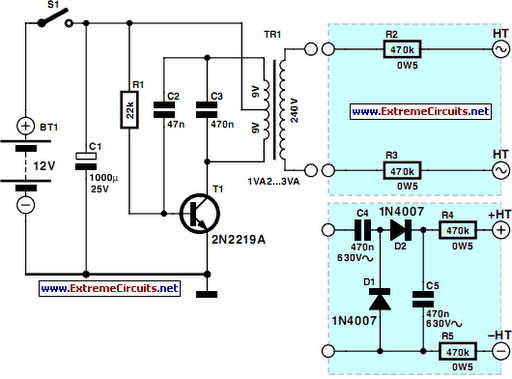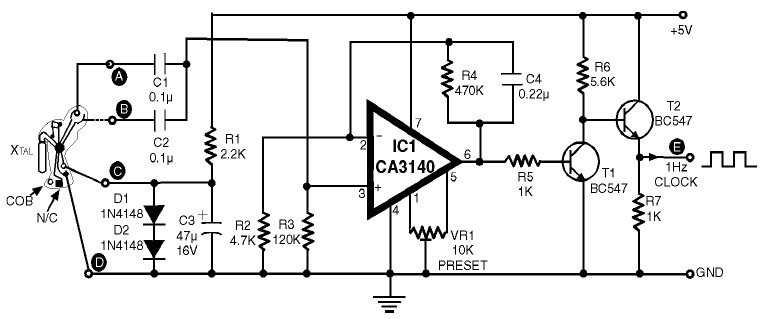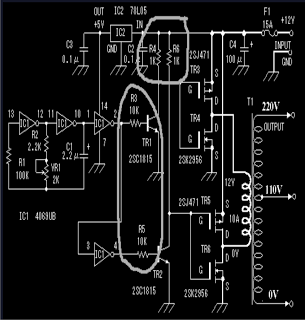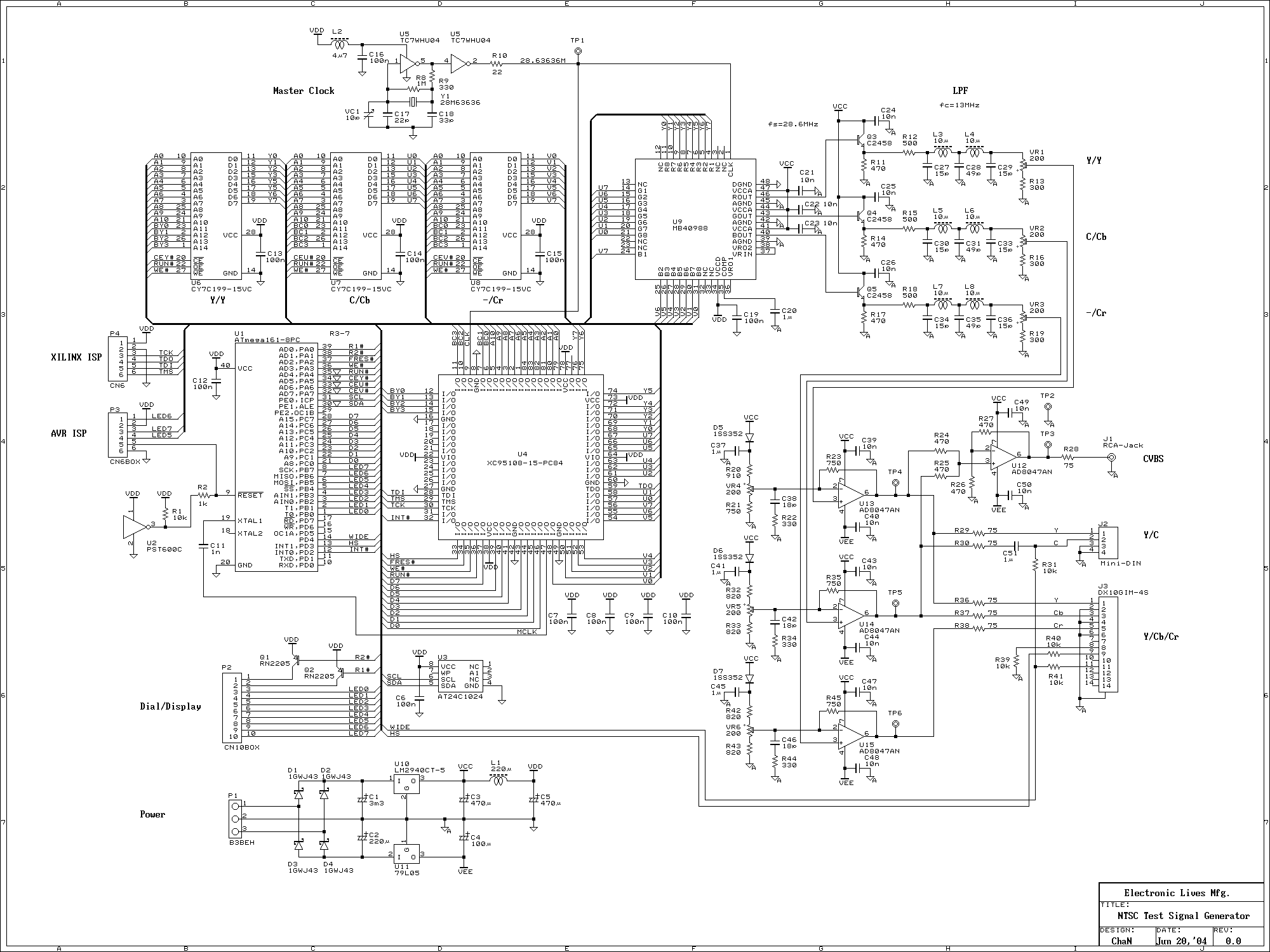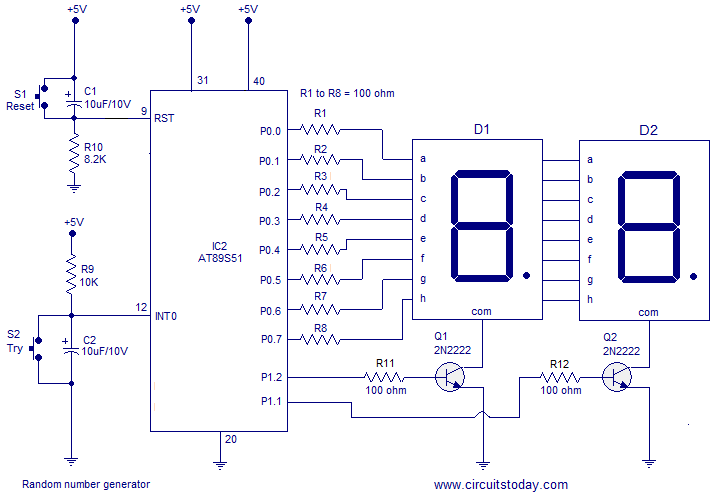
Modified Sine Wave Signal Generator
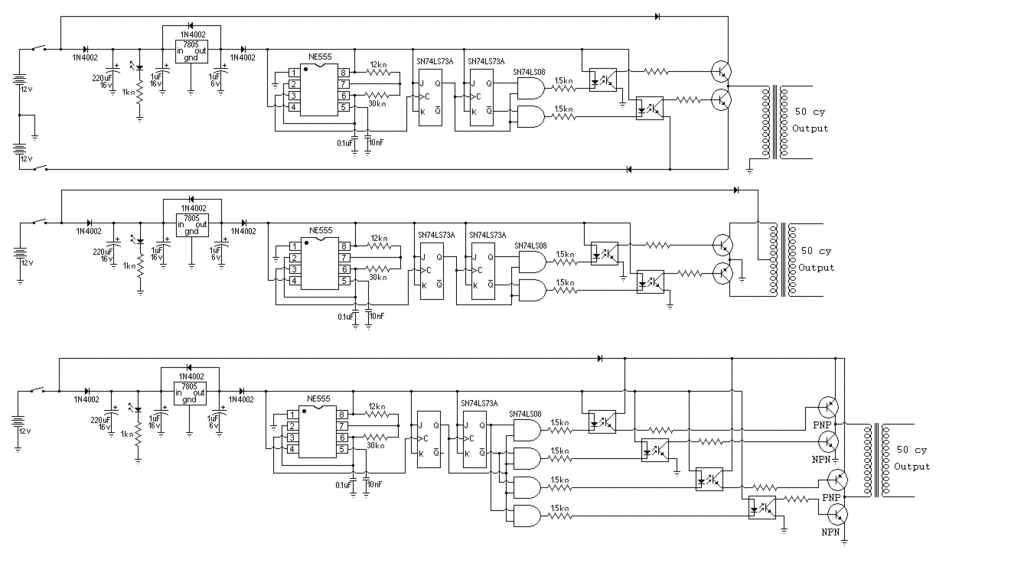
A comprehensive understanding is required to design an inverter effectively. The design of the circuit is largely influenced by the availability of a custom-made transformer.
To design an inverter, various factors must be considered, including the input and output voltage requirements, frequency, power rating, and the type of inverter topology (e.g., square wave, modified sine wave, or pure sine wave). The choice of components, particularly the transformer, is crucial, as it determines the efficiency and performance of the inverter.
Inverters typically consist of several key components: a DC power source (such as batteries or solar panels), a switching circuit (often using transistors or MOSFETs), a transformer for voltage step-up or step-down, and a control circuit that regulates the switching frequency and ensures proper operation.
The switching circuit is responsible for converting the DC input into an AC output by rapidly turning the transistors on and off. The transformer then modifies the voltage level to the desired output. Additionally, the control circuit may include feedback mechanisms to stabilize the output voltage and protect against overload conditions.
Thermal management is another critical aspect of inverter design, as components can generate significant heat during operation. Adequate heat sinks and cooling solutions should be implemented to maintain optimal operating temperatures.
Finally, safety features such as fuses, circuit breakers, and isolation techniques must be integrated into the design to protect both the inverter and the connected loads from potential faults or failures. Overall, a well-designed inverter requires careful consideration of electrical parameters, component selection, and safety measures to ensure reliable and efficient operation.There is a lot you need to know to completely design an inverter. Unless you can acquire a custom made transformer your circuit design is ruled by th.. 🔗 External reference
To design an inverter, various factors must be considered, including the input and output voltage requirements, frequency, power rating, and the type of inverter topology (e.g., square wave, modified sine wave, or pure sine wave). The choice of components, particularly the transformer, is crucial, as it determines the efficiency and performance of the inverter.
Inverters typically consist of several key components: a DC power source (such as batteries or solar panels), a switching circuit (often using transistors or MOSFETs), a transformer for voltage step-up or step-down, and a control circuit that regulates the switching frequency and ensures proper operation.
The switching circuit is responsible for converting the DC input into an AC output by rapidly turning the transistors on and off. The transformer then modifies the voltage level to the desired output. Additionally, the control circuit may include feedback mechanisms to stabilize the output voltage and protect against overload conditions.
Thermal management is another critical aspect of inverter design, as components can generate significant heat during operation. Adequate heat sinks and cooling solutions should be implemented to maintain optimal operating temperatures.
Finally, safety features such as fuses, circuit breakers, and isolation techniques must be integrated into the design to protect both the inverter and the connected loads from potential faults or failures. Overall, a well-designed inverter requires careful consideration of electrical parameters, component selection, and safety measures to ensure reliable and efficient operation.There is a lot you need to know to completely design an inverter. Unless you can acquire a custom made transformer your circuit design is ruled by th.. 🔗 External reference
